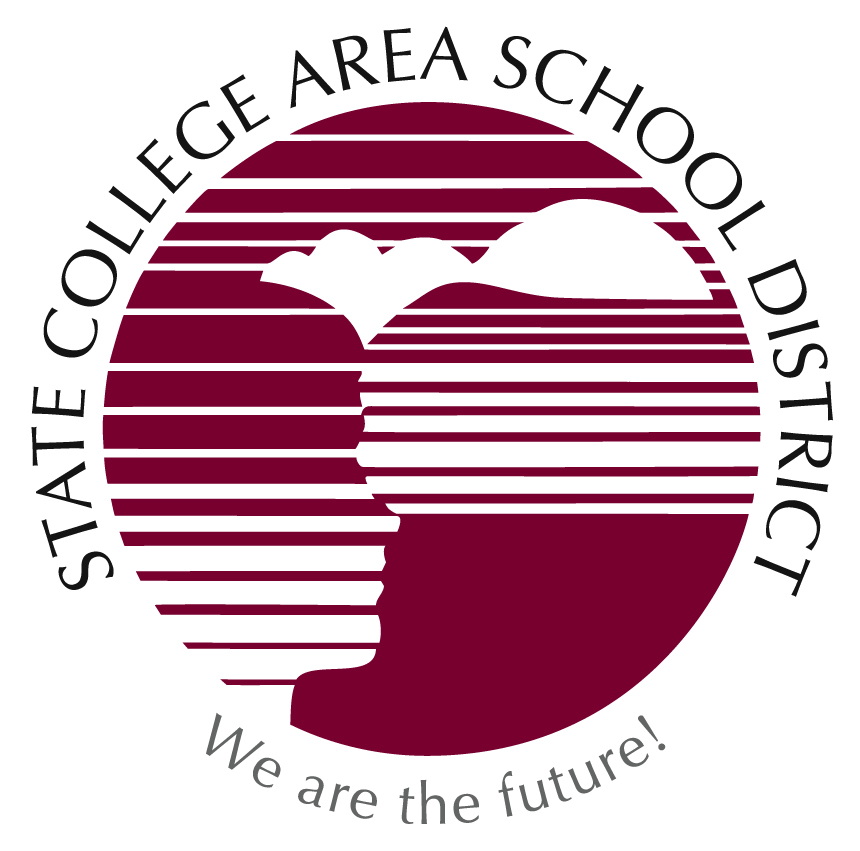Ever wondered what it would be like to ride a self-driving car? Surprisingly, that thought might not be so far-fetched. Beginning Wednesday, a few of Uber’s self-driving cars hit the streets of Pittsburgh, PA. This is supposed to be an experiment to introduce this new technology to their passengers. A few Uber users were even sent an email Wednesday morning asking if they could test out the new self driving cars.
Anthony Levandowski, the head of Uber’s self-driving car team, says “For me this is really important, because that the most important things that computers are going to do in the next 10 years is drive cars.”
Uber gave a few reporters a chance to ride the new self driving cars before Wednesday. Liz Reid, a reporter at npr.com (National Public Radio), says that “The ride feels pretty much like a ride in any other car - with an extremely cautious driver.” According to Brian Fung, a reporter from The Chicago Tribune, says that these self driving cars work better than google’s in some ways. These include accelerating and braking like a real human.
The cars aren’t perfected yet, and something can still go wrong. For this reason, there are a pair of Uber drivers sitting in the two front seats of each car to ensure the passengers’ safety. If something goes wrong, they can go manual and steer away from danger.
Once the passengers are inside, they are greeted by a tablet, which displays information about the ride they will be taking. The app also asks if their seat belt is on and that the car can have a maximum of two riders at any given time.
The cars are still in their early stages, and riding them might not be as exciting as it sounds. Uber still doesn’t know how the vehicles will do in slippery winter conditions. It might be best not to rely on the automated cars for transporting the public until things like these are thoroughly tested. Until then, they can still have a pair of professional drivers in the front seat to take over if something goes wrong.
By Milo Schmitt
You can contact me at mts17@scasd.org
Information gotten from The Chicago Tribune and the National Public Radio (npr.com)
